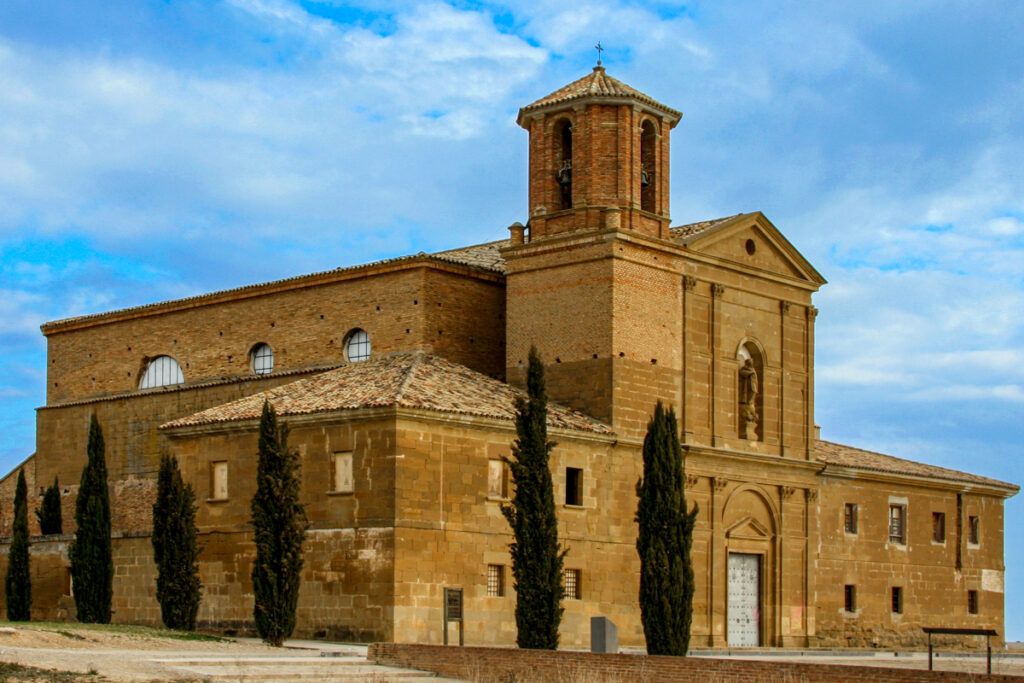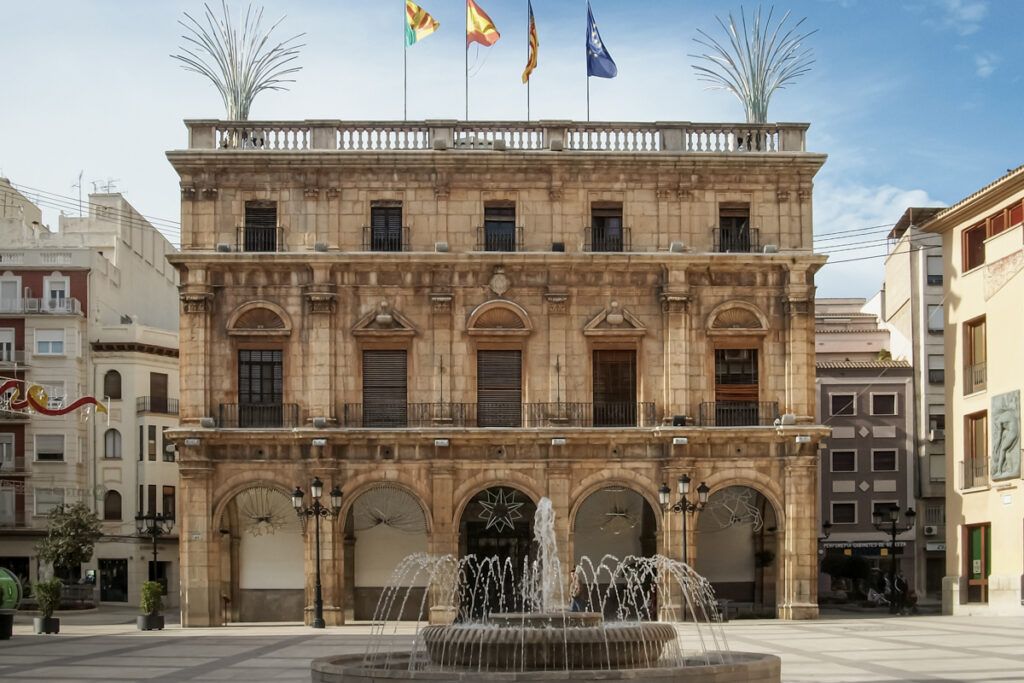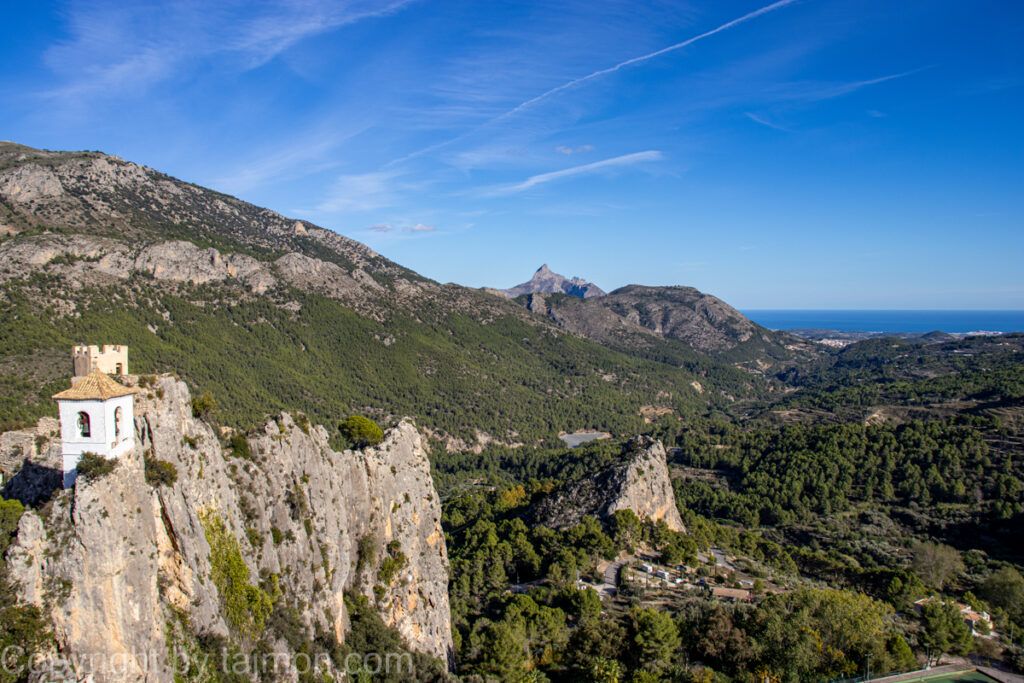Paleontological Museum of Cuenca
The Paleontological Museum of Cuenca is a modern and interactive museum, which is located in one of the Hanging Houses in Cuenca. The museum was opened in 2010, at the initiative of the Museum of Science of Castilla-La Mancha, of which it is a branch. The museum aims to present and popularize the wealth and diversity of fossils from the region, as well as from other parts of the world. It offers various exhibitions, workshops, shows and projections, which encourage visitors to discover and learn about the history of life on Earth.
The Paleontological Museum of Cuenca has three main sections, which show different aspects and fields of paleontology. They are:
- Las Hoyas Room: a room where you can see a unique collection of fossils from the Las Hoyas deposits, which are located near Cuenca. These deposits are dated to the Lower Cretaceous period, about 125 million years ago, and have preserved in excellent condition the remains of plants and animals that lived at that time. Among them you can see, among others, fish, insects, crocodiles, turtles, birds and dinosaurs, such as Concavenator corcovatus, one of the largest and most characteristic Spanish dinosaurs.
- Lo Hueco Room: a room where you can see an impressive collection of fossils from the Lo Hueco deposits, which are located near Fuentes, south of Cuenca. These deposits are dated to the Upper Cretaceous period, about 70 million years ago, and have preserved in large quantities the remains of plants and animals that lived at that time. Among them you can see, among others, fish, turtles, crocodiles, birds and dinosaurs, such as Titanosaurus, one of the largest and heaviest dinosaurs that ever existed.
- World Paleontology Room: a room where you can see an interesting collection of fossils from different parts of the world, which represent different geological epochs and groups of organisms. Among them you can see, among others, ammonites, trilobites, corals, bivalves, mammals, birds and dinosaurs, such as Tyrannosaurus rex, Velociraptor, Triceratops or Stegosaurus.






